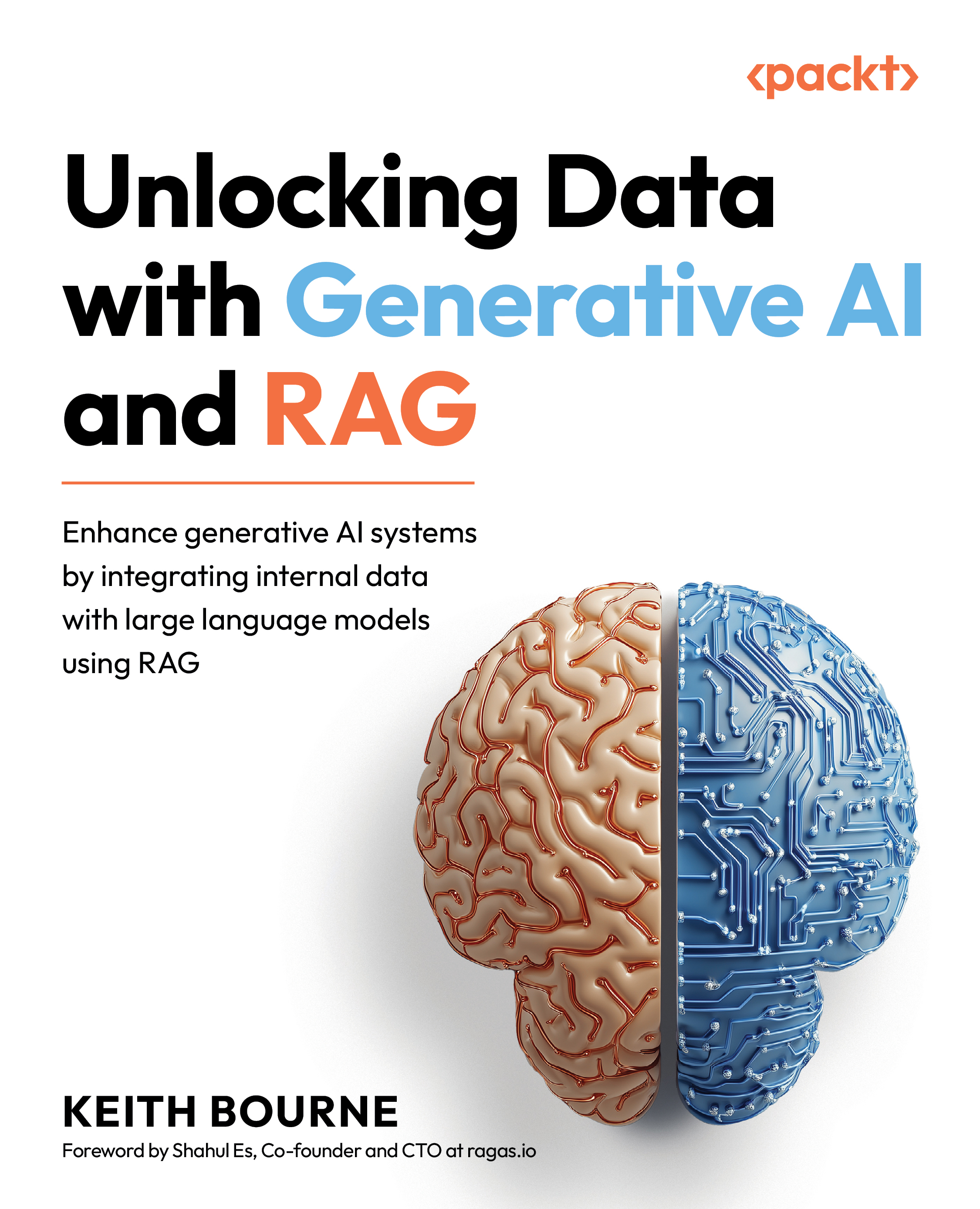Setting up a large language model (LLM) account
For the general public, OpenAI’s ChatGPT models are currently the most popular and well-known LLMs. However, there are many other LLMs available in the market that fit a myriad of purposes. You do not always need to use the most expensive, most powerful LLM. Some LLMs focus on one area, such as the Meditron LLMs, which are medical research-focused fine-tuned versions of Llama 2. If you are in the medical area, you may want to use that LLM instead as it may do better than a big general LLM in your domain. Often, LLMs can be used to double-check other LLMs, so you have to have more than one in those cases. I strongly encourage you to not just use the first LLM you have worked with and to look for the LLM that best suits your needs. But to keep things simpler this early in this book, I am going to talk about setting up OpenAI’s ChatGPT:
- Go to the API section of the OpenAI website: https://openai.com/api/.
- If you...































































